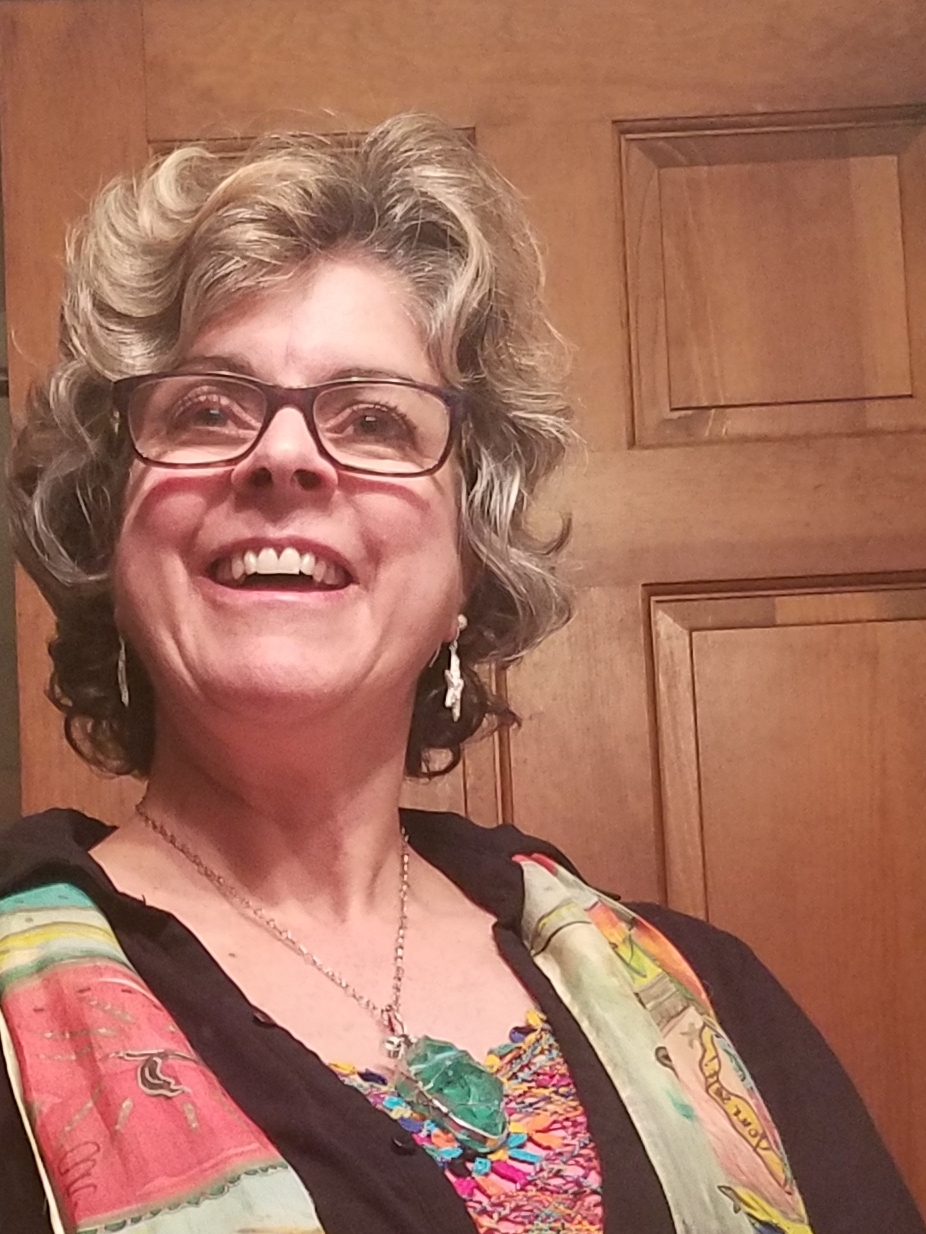Why We Call Children Who Are Differently-Abled “Special”
Have you ever really thought about” Special Education” or “special needs children” and why this label is so automatically accepted? There are many reasons, some steeped in the history of this field and some so subconsciously ingrained in our way of viewing others, that we are hard pressed to see our own limitations when labeling theirs. My purpose in writing this blog is to awaken in each of us a touch of self-awareness on how our fears and limitations blind us to the potential in others. First, please allow me to lay the foundation upon which these seeds of prejudice have been planted and then offer a humble solution.
Over 40 years I have heard people say things like,
“Wow, you teach special education? It takes a really “special” person to teach those kids.”
In practice and over time, the above statement has all too often turned into,
“You have to be SpEd (short for special education) to teach SpEd.”
The later statement became prevalent when the government authored No Child Left Behind (NCLB) and claimed to have inadvertently left “special education” teachers out of the requirements for what they called “a highly qualified teacher” or HQT.
Now, please tell me how a piece of legislation is authored to help every child, including the lowest achievers, to make “the grade” could possibly forget to include the population of teachers who teach them? The only logical answer to this question is that the NCLB legislation was a political agenda only and had no intention of helping special needs kids to succeed in school. The result (again, I am speaking from 40 years practice in the filed of special education) was that the schools whose special populations were not making the grade developed an unhealthy prejudice against not only the special needs kids who lowered school scores, but also against the teachers of these children who were not able to meet HQT standards because they did not have the required 15-18 credits in a specific academic subject area.
Special Education teachers scrambled to take 5-6 3-credit courses to get certified in academic areas so they could keep their jobs, help the school be counted as having a higher number of highly qualified teachers and to save face among their colleagues. However, the damage had been done and the attitude became an unhealthy prejudice against the very people trained to help the kids who needed their help the most. Special Education teachers were made to feel awful at meetings where administrators and teachers disaggregated the students’ test scores and, sadly continued to find – time after time – that the schools’ scores were lowered primarily by the kids with special needs. Surprised? I wasn’t and neither were many of my peers.
A few years later I learned that the George W. Bush NCLB data had been fabricated, making the entire legislation and the ensuing prejudices it caused, unnecessary.
What a sad state of affairs, not just for those dedicated Special Educators who were the victims of a new school culture of prejudice, but more importantly for those kids who struggled to make the grade and consistently failed.
Sometimes, as my late father used to say,
“Pray for things to get worse, because when they do people will step up and take action and it will get better.”
So, if there is a blessing to be had in NCLB, it is that many educators began to see how ridiculous it was to sit children in front of multiple choice questions when they had already been identified as being test-phobic or had such profound learning difficulties that they were wholly unable to sit for hours on end in a testing environment.
Thankfully, the many dedicated educators in our schools stepped up and there is now less of this type of prejudice when it comes to our special needs students. The testing itself has been improved and universal accommodations are now being managed much better. However, we have yet to follow Harvard’s published research indicating there is an inverse correlation between students scoring high on a standardized test and how they perform in real life after graduation. In other words, standardized testing is not a good predictor of future real world success. The truth is we say we are “research-based”, but we clearly pick and choose only those studies that allow the public school system as we know it to remain exactly as it is now.
Take the United Kingdom, for example. Years ago they too used standardized testing and then when our research came out, they dropped testing in favor of a more individualized and arts integrated approach. In fact, I was told at Harvard University in 2004 that a teacher in the UK today can not be hired unless they have a craft, trade, skill or art that they have mastered. They use this talent as a way of inspiring young minds to explore their own creative potential.
Today, despite our overwhelming social consciousness in favor of diversity, we have yet to realize that when it comes to our children, we accept the medical model as a way of determining how to instruct kids whose brains and minds function differently than expected. Please allow me to explain. The medical model is clear-cut. You are either healthy or you are sick and suffering from disease. This is the model upon which our current “special education” practice is based. When identifying a child as “special” under current laws, we look for evidence of one of 14 “disabilities.” In other words, the entire practice is designed to look at what the child cannot do. It is a weakness-based system.
The really sad part about this is the Individualized Education Plans (IEPs) that special educators create for kids are designed to address these weaknesses in each of the goals stated in the child’s IEP. So, typically it runs something like this:
- A child is evaluated by a psychologist and testing reveals a deficit significant enough for the child to be labeled and to receive special education services.
- The IEP is written and accepted by a team
- The IEP is implemented by al of the child’s teachers.
- Focused attention is pad to the areas of weakness as revealed during testing.
This is all very well intentioned, but the problem is that no one likes to have their weaknesses placed in front of them every day 5 days a week in a concentrated effort to ameliorate them. (There is an alternative, which I will outline below.)
By contrast, as a parent we are lovingly dedicated to search for our children’s potential and look for their strengths and what they can do. Within just the last few years schools have begun to hear about what is being referred to as a, “strength-based model.” Boy! Is this long over due!
So, for the first time we are finally addressing the correct question in special education, which is:
“How can we use a child’s strengths to improve the areas of weakness?”
There was a time in history where parents of children with “special needs” were made to feel so bad in our society that many hid their children in their homes for fear of what others would think about them. It was during the 60’s in the Kennedy administration that this public attitude shifted when the president’s family made public the fact that they had a child with Down’s Syndrome.
Perhaps the thinking was that if we called these children, “special” the public would muster the compassion needed to give them the help they needed….and it worked. Federal laws were put in place with PL94-142 requiring access to free and appropriate public education for all children.
We have come a long way since then and it is once again time to rethink the way we refer to these children. If we are to embrace a strength-based language and call these sweet kids, “differently-abled” we will begin to advance public opinion once again. This term focuses on what these children can do, not what they cannot do. They are each unique and their strengths are the starting point upon which we can build an IEP that not only addresses their needs, but respects them as people first. In this way, this strength-based language expects each IEP to start with each child’s strengths and allows each child to feel heard and seen for their unique abilities.
So, really there is nothing “special” about “special education.” By thinking and labeling children as “special” we separate them from all other children. At their core, what differently-abled kids need is to be seen as another child with yet another set of skills. Perhaps it is time to realize that all children are special in their own right and all children are “differently-abled.” I’d like to think this is the beginning of giving every child a Personalized Learning Plan (PLP).
In closing, please allow me to be clear, I am not advocating for the removal of any of the laws that have gotten this field to this point. The history stands just as it is and so do the laws. I am, however, advocating for moving our education to a fully inclusive model where every child has access to public education and that public education devise a system of tracking the strengths of all children right from kindergarten so that by the time each child graduates high school, they have a skills and talents summary from which to draw upon in choosing a future career.




